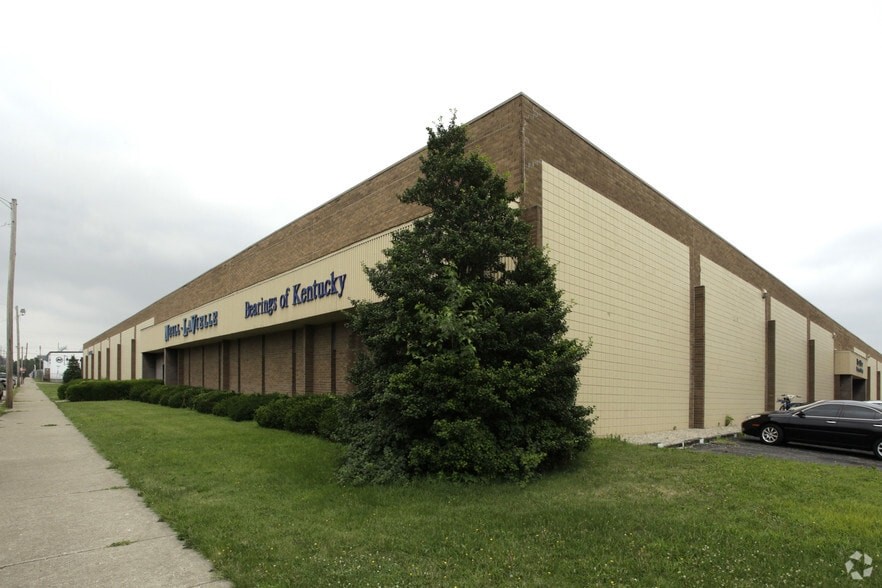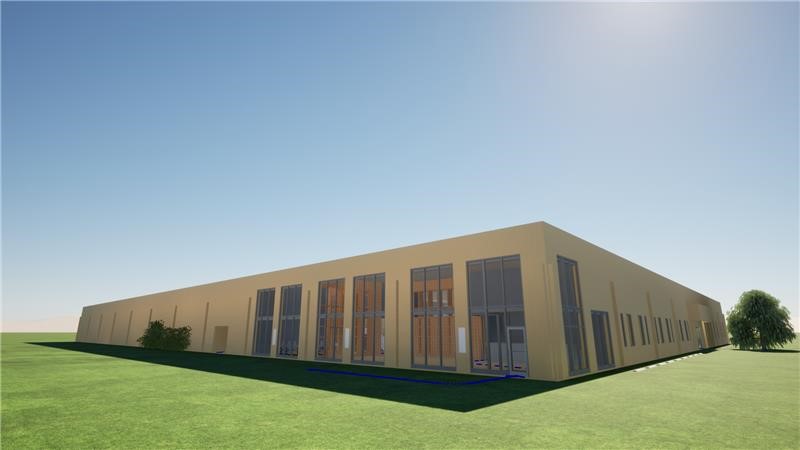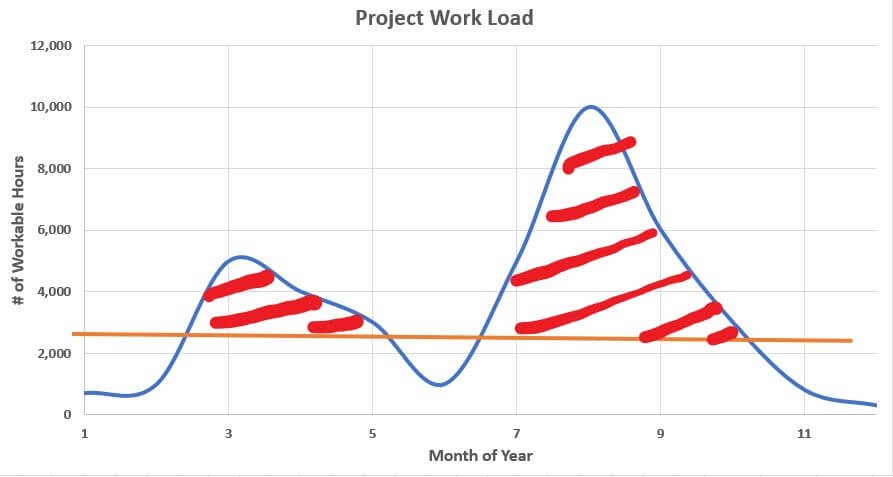

STITCH DESIGNER, LOUISVILLE, KY.
Location: Louisville, KY
Services: Mechanical, Electrical, Plumbing
Category: Industrial and Manufacturing
Area: 80,000 sq. Ft
Software: REVIT, HAP 5.11, Bluebeam, COMcheck, McQuay Ductsizer, Pipe Net
3S MEP was responsible for delivering all-encompassing mechanical, electrical, and plumbing (MEP) design services for a project situated in Louisville, KY. The scope involved designing MEP systems for an 80,000 sq ft space, catering to various areas such as screen printing production, and offices.
MEP considerations for the offices encompass creating a comfortable indoor environment through effective temperature control, ventilation, and air conditioning. The HVAC system was designed to meet diverse utility needs, focusing on occupant comfort, ventilation, and operational efficiency. The use of a Rooftop unit with economizer systems optimized heating, cooling, and ventilation. In the screen printing area, the design of the MEP systems prioritizes adequate ventilation to control fumes and maintain air quality. This involves installing a high-efficiency HVAC system with proper filters and introducing exhaust systems to address chemical odors and hazardous emissions generated during the printing process.
Throughout the project, we encountered multiple challenges that demanded immediate attention. One of the key aspects was the effective coordination of mechanical, electrical, and plumbing (MEP) systems to guarantee seamless integration and smooth functionality. Our plumbing design included both domestic water and sanitary waste systems. Our main focus was to ensure proper supply, efficient drainage, and adherence to plumbing codes.
In the given scenario, the presence of numerous screen printing machines and embroidery machines required a dedicated power utility to be specifically sized for the printing equipment. Additionally, another power utility was designated for the retail office areas. To ensure accurate load calculations, the machine load and retail office load were assessed separately. We strategically placed energy-efficient lighting, power outlets, and data connections to support office functionalities.
Another challenge embroidery machines had been discontinued by their manufacturers many years ago. To address this, comparable products from other manufacturers were considered in the load calculations to determine appropriate power ratings. This thorough approach was essential to guarantee that the power utilities were adequately sized to accommodate the specific needs of the printing equipment and retail offices, factoring in both the existing and discontinued machines.


